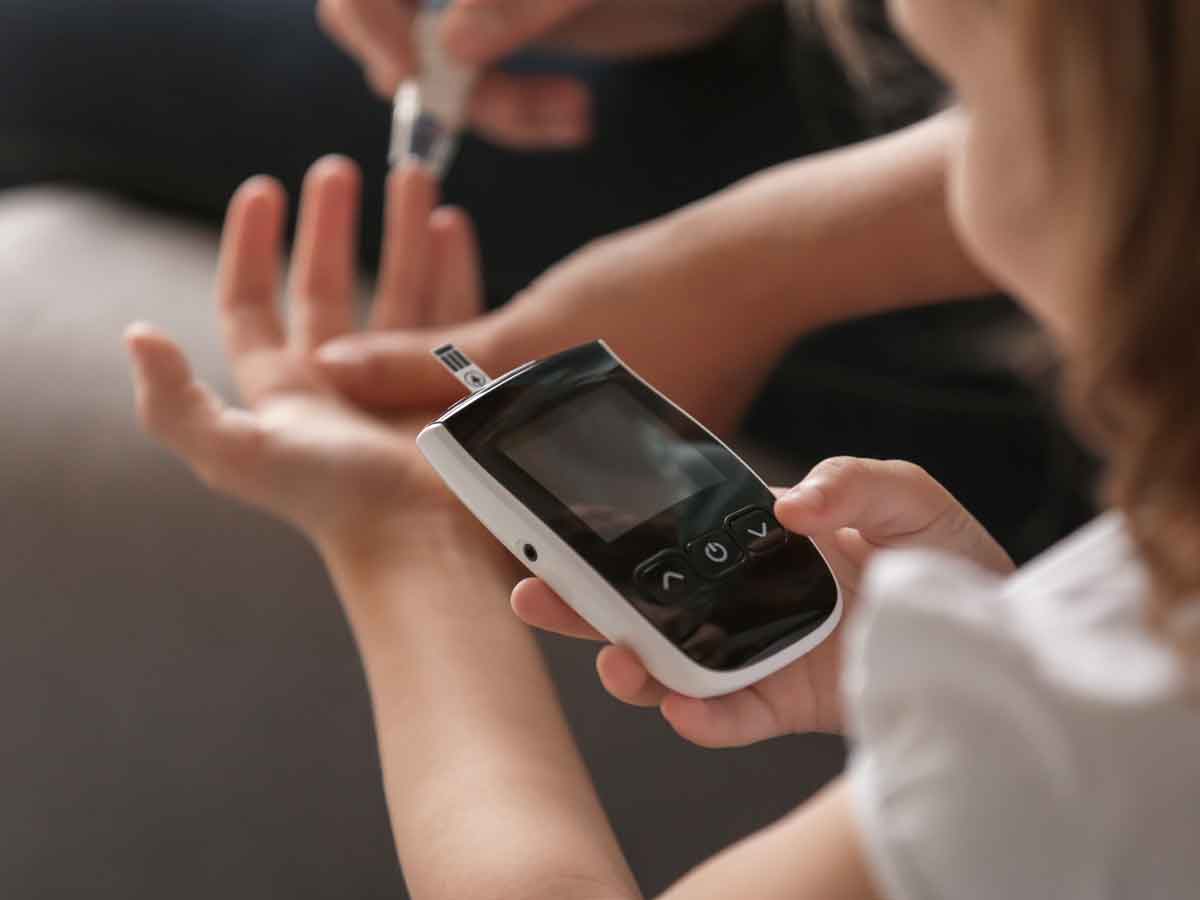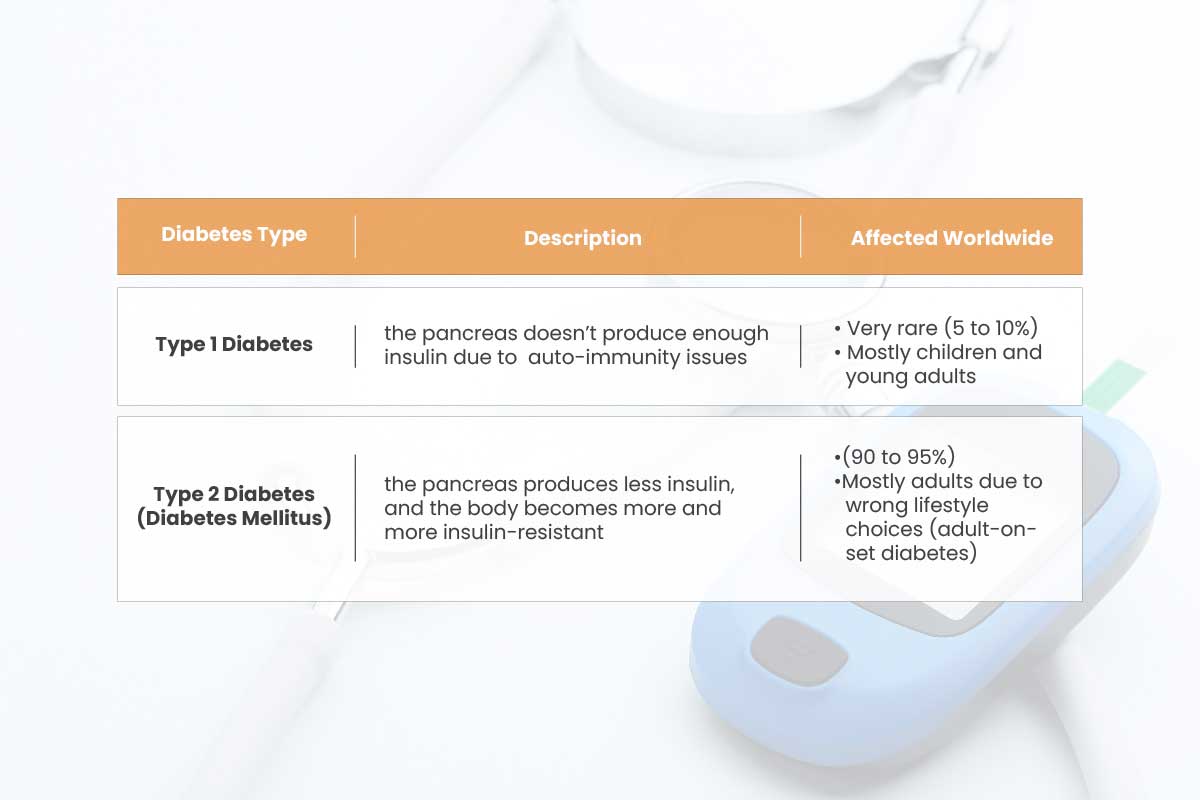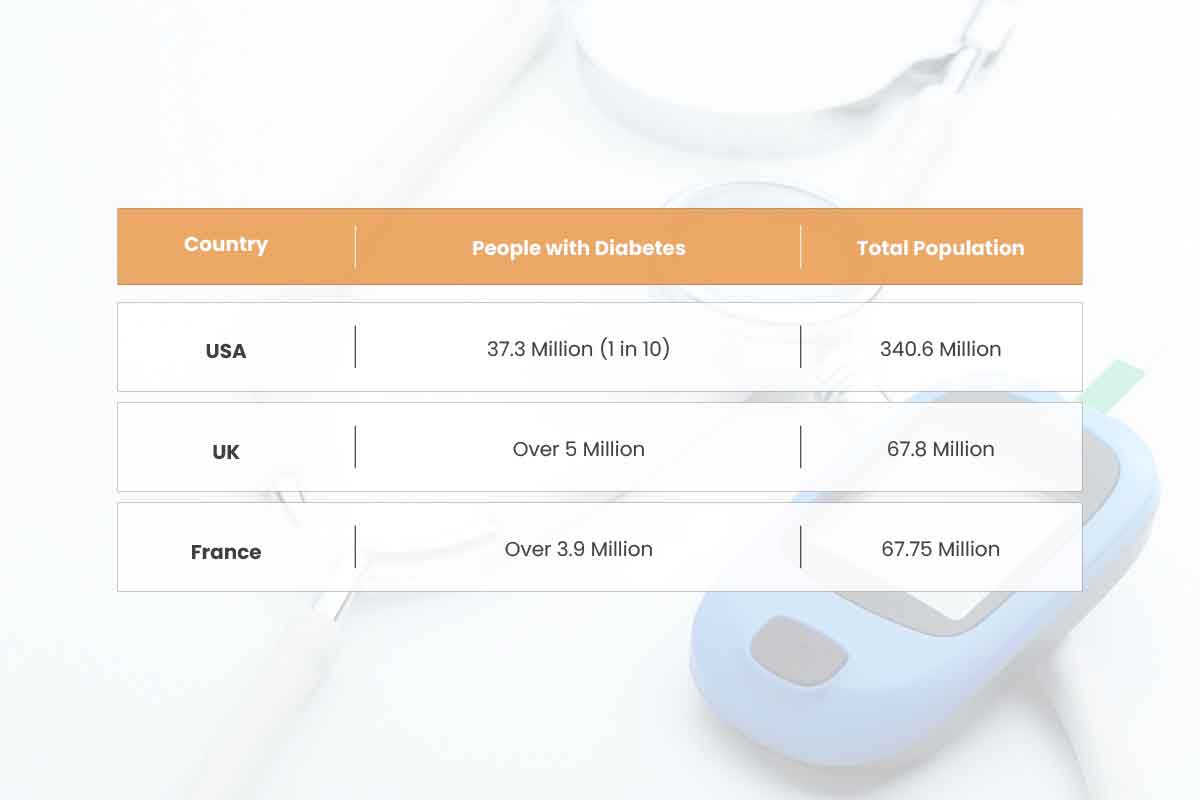Here’s where tea from the Camella Sinensis evergreen shrub can be truly heaven-sent — and in time for World Diabetes Day this November. If you’ve been scrambling for ways to manage diabetes (and are feeling frustrated that nothing seems to work), taking on a cuppa habit daily can be the most sensible decision you can make. To keep the endocrinologist away.
World Diabetes Day (WDB) is a yearly reminder of how diabetes is still largely a scourge that humanity needs to reckon with. Celebrated on the birthday of Sir Frederick Banting, the Canadian scientist who co-discovered insulin, WDB has been an official United Nations Day since 2006. The numbers don’t lie.
- 422 million: number of people worldwide with diabetes (WHO)
- 1.5 million: diabetes-attributed deaths yearly
But don’t lose hope just yet. With a cuppa tea by your side always, you could be in a much better position to manage diabetes for yourself and those you love. Read on to know how green tea, black tea, and oolong can do just that.

World Diabetes Day vs. Humanity’s Scourge
Thank God if you haven’t felt the need to call an endocrinologist (and don’t know what one does). Off the bat, an endocrinologist is the medical oversight you need when dealing with diabetes.
Specifically, he’s the doctor treating people with health issues caused by hormones, the chemical messenger of our body’s endocrine system (the system behind the body’s overall growth and development, not to mention our body’s sexual libido).
Chief of these issues, of course, is diabetes.
DEFINITION: Simply put, diabetes is a direct result of the body’s lack of insulin production or the inefficient use of the hormone. |
Now, insulin may not ring a bell, but the hormone from the pancreas is responsible for energy absorption into the blood. The essence of metabolism.
That’s why diabetes is called a metabolism disorder. Not only will the body constantly run short of energy, but blood sugar levels will also build up with diabetes. Eventually, this wreaks havoc on the heart, blood vessels, kidneys, and the eyes, shortening your life expectancy.
 Table 1: Diabetes Complication Types
Table 1: Diabetes Complication Types
Celebrated every 14th of November, World Diabetes Day seeks to find answers to diabetes, the scourge that has claimed millions of lives on the planet.
In 2021 alone, the disease claimed 6.7 million lives, that’s one in every 5 seconds. Worse, developed nations bear the brunt of this metabolism-altering disease.

The reality seems stark. But it’s not a lost cause.
The right lifestyle choices play a huge role in steering your future away from diabetes. And this is where a cuppa tea may well be your best ally. And keep the endocrinologist at bay.
3 Ways Tea Help You Manage Diabetes Better
You may be scratching your head and wondering how an age-old concoction can provide a potent method to curtail diabetes. But here are three ways tea can lead the way against the disease.

1. Tea helps boost glucose absorption
At the heart of diabetes is the struggle to introduce glucose as cellular fuel for the body. Glucose is the food you eat (carbohydrates) broken down into sugar. The pancreas then releases insulin to facilitate this process, getting you the energy you need.
- Glucose feeds the brain, using the compound for energy.
This process, however, is put in jeopardy in people with diabetes. For one, people with type-2 diabetes (most common) exhibit problematic cells that are not as responsive to insulin as they need to be, a process called insulin resistance.
The good news is catechins in tea can play a central role in boosting glucose uptake in the blood and into muscle cells. To note, catechins are powerful compounds found in food and mainly in medicinal plants.
Specifically, we’re talking about epigallocatechin gallate (EGCG), a potent catechin found in black tea, oolong, and teeming, especially green tea.
RESEARCH: A review published in 2019 in the National Library of Medicine revealed epigallocatechin gallate (EGCG) in tea boosts glucose absorption into muscle cells, facilitating the metabolism process. |
You could wonder why green tea has more EGCG than oolong and black tea. Although both tea types have significant amounts of the compound, green tea leaves are not fermented and are fresher, making them extremely rich in EGCG than their black tea leaves counterparts.

2. Tea can help widen blood arteries
Last, tea has been shown to widen blood vessels, improving blood circulation.
- Green tea, black tea and oolong are armed to the teeth with antioxidants (catechins) that protect the body from the onslaught of free radicals, which leads to heart disease.
Heart complications are one of the most dreaded side effects of diabetes. High blood sugar, unmanaged, can wreak havoc on the heart and blood vessels.
But with a daily tea habit, you should be able to ward off heart complications and manage diabetes better.

3. Tea can minimize insulin resistance
Insulin resistance in diabetic patients makes it hard for the body to introduce glucose from the blood into muscles, fat, and liver. The pancreas works overtime to compensate, making more insulin as the body weakens.
This vicious cycle results in diabetics exhibiting high blood sugar. It’s why an above-normal sugar in the blood is a telltale sign of the onset of diabetes.
RESEARCH: A review in 2019 published by NIH (National Library of Medicine) showed that black tea improved animal blood glucose control.
Research revealed that tea plays an insulin-like role. In this case, oolong, black tea, and green tea can be central in reducing the risk of developing diabetes and/or diabetes complications — not to mention keeping the endocrinologist away.

